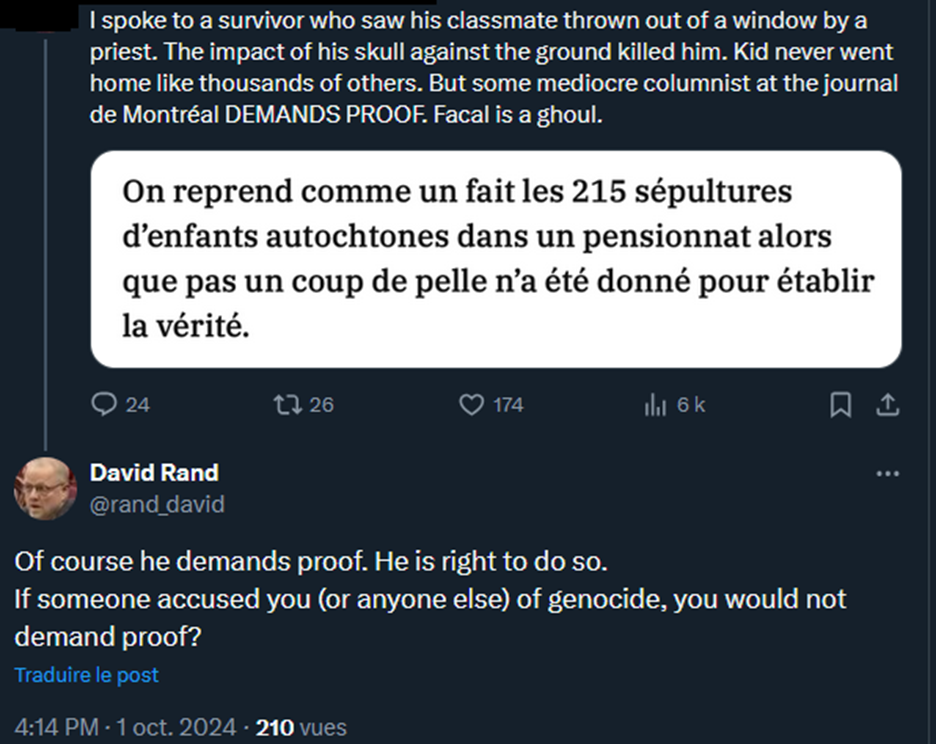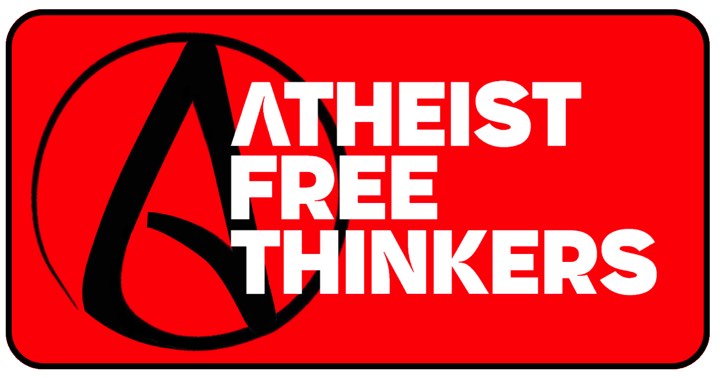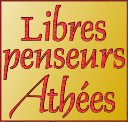David Rand
Publication Date: 2024-10-07
The indigenous residential school system (IRSS) in Canada has been in the forefront of the news recently, culminating in the National Day for Truth and Reconciliation on 30th September 2024. The IRSS existed for over a century, ending in the late 20th century. Its apparent purpose was to separate indigenous children from their families and assimilate them into the dominant European culture, while downplaying—or suppressing—the culture, religions and languages of indigenous peoples.
A Truth and Reconciliation Commission (TRC) was established in 2008 to investigate and document the IRSS. In 2015 the Commission issued its final report. It concluded that the central goal of that system was to “cause Aboriginal peoples to cease to exist as distinct legal, social, cultural, religious, and racial entities in Canada” and that it thus constituted cultural genocide targeting indigenous peoples. The report also defined physical genocide (“mass killing of the members of a targeted group”) and biological genocide (“the destruction of the group’s reproductive capacity”) but did not use those terms to describe the indigenous residential school system.
In 2021, the possible presence of unmarked graves was detected using ground-penetrating radar near several former schools of the IRSS. (The word “possible” is of key importance here.) With this discovery, the spectre of real physical genocide was raised. Speculation about unspeakable atrocities committed in the name of Canada circulated internationally. As the administration of these schools had been delegated to various churches, especially Catholic, there was a rash of arson and vandalism targeting Christian churches, some of which had been in use by First Nations peoples themselves. However, no actual human remains—other than those associated with known cemeteries—were in fact found. And now, as I write these lines in late 2024, to the best of my knowledge, such remains have still not been found.
In July of 2021, the Canadian Historical Association (CHA) published a statement asserting the “genocidal intent” of official Canadian policy. However, a group of some sixty dissident historians published an open letter, shortly thereafter, rejecting the CHA’s allegations. In a reply to those dissidents, CHA president Steven High reveals (perhaps inadvertently) the flaw in his own argumentation: “Cultural genocide is genocide.” Thus, the CHA rejects any nuance, flattening everything into a generic “genocide” category.
So did the Canadian indigenous residential school system constitute cultural genocide? Or was it physical genocide? The difference is crucial because it is enormous. Physical genocide would place the IRSS in a category similar to that of Nazi death camps. Does that really make sense? My own opinion, in light of evidence available so far, is to agree with the TRC that it was cultural genocide, but not physical. I expressed a similar opinion in an article I wrote in 2021, although if I were to write it today I would add a strong note of cynicism because of events since them. Of course I could be wrong, but if I am, if the IRSS did indeed constitute real physical genocide, then I want to know about it. In particular, I want to know if any of the unmarked graves suggested by ground-penetrating radar were real or not. But so far, we have insufficient data.
Censoring Dissent
In September 2024, NDP Member of Parliament Leah Gazan introduced draft legislation C-413, a private member’s bill which would penalize “hatred against Indigenous peoples by condoning, denying, downplaying or justifying the Indian residential school system in Canada” and would punish infractions with up to two years in prison. It is not precisely clear what would constitute an infraction of this law, in particular the word “downplaying,” if it is adopted. Would claiming that the indigenous residential school system constituted cultural genocide but not physical genocide be a criminal act? Does the author of this draft law want to throw the members of the Truth and Reconciliation Commission into prison? Would the dissident historians who disagree with the CHA also be thrown in prison? Would this very blog be illegal under C-413?
This draft legislation is draconian, Orwellian, and frankly stupid. Instead of helping to elucidate the issue, this law would stifle free speech, bully everyone with a slightly divergent opinion into silence and prevent the open debate and research which are necessary to get closer to the truth. To make matters even worse, C-413 borrows the worst possible aspect—the religious exception—from Canada’s hate propaganda law (in the Criminal Code) by excepting “an opinion on a religious subject or an opinion based on a belief in a religious text” from prosecution. And it does this in spite of the generally recognized fact that religious, i.e. Christian, indoctrination was a major aspect of the cultural baggage imposed by the IRSS.
“Where are the bodies?”
In light of the failure to provide concrete evidence for physical genocide, the question “Where are the bodies?”—always relevant to any accusation involving death—has become widely repeated, and justifiably so. On the other hand, the hype surrounding the IRSS, especially the proposal of legislation which would impose a very dubious “truth” on the population of Canada, has led to an outpouring of bigotry against dissidence. Here are two examples from Twitter/X.
In response to a column by Joseph Facal in the Journal de Montréal, in which Facal points out that excavations have not been done to determine of there are any bodies, a Montreal tweeter called Facal a “ghoul.”

Similarly, in order to “celebrate” Truth and Reconciliation Day, a Saskatchewan “influencer” tweeted that “Residential school denialism is an instant block. Some things aren’t up for debate” accompanied by a brief video with a similar message.
![]()
I reposted his tweet, saying,
“This video illustrates why we must oppose Bill C-413 which would ban ‘residential school denialism.’ Did Canadian indigenous residential schools constitute cultural genocide? Or physical genocide? We may never know, because this self-righteous fanatic wants to stifle all debate.”
Belief that the IRSS constitutes genocide, with the intention of literally massacring large numbers of indigenous children, has become dogma, and woe to anyone who dares to defy this State-endorsed doctrine. Any dissent is labelled “denialism,” apparently as serious as denying the Nazi holocaust. Such hyperbole is malicious.
Social media comments of this type are clearly performative: i.e. they are performance art, very ugly and obnoxious performance art to be sure, but performative nevertheless. This is sometimes called “virtue signaling” but I call it fanaticism. Their purpose is to inflate the ego of the person making the comment and, especially, to assert their moral superiority in front of an audience as large as possible. They do this by denigrating anyone who might differ from their dogma. In this case, the dogma is that the IRSS constitutes genocide, and not just cultural, but rather physical genocide of the worst possible sort. Anyone who disagrees in any way is a heretic and must be excommunicated. Questions such as “Where are the bodies?” are blasphemy.
Let us hope that Bill C-413 dies on the order paper and is never adopted. The necessary measure we require is for excavations to be done at sites where the presence of unmarked graves has been alleged. We need hard data. Until we get that data, we must keep asking “Where are the bodies?” not just in spite of that question being forbidden, but because it is forbidden and blasphemous.


 AFT on Twitter
AFT on Twitter Amis et amies de Libres penseurs athées
Amis et amies de Libres penseurs athées Atheist Alliance International (AAI)
Atheist Alliance International (AAI) Atheist Census Canada
Atheist Census Canada Humanist Perspectives
Humanist Perspectives Libres penseurs athées
Libres penseurs athées LPA-AFT on Heylo
LPA-AFT on Heylo LPA-AFT Youtube Channel
LPA-AFT Youtube Channel Rassemblement pour la laïcité (RPL)
Rassemblement pour la laïcité (RPL)